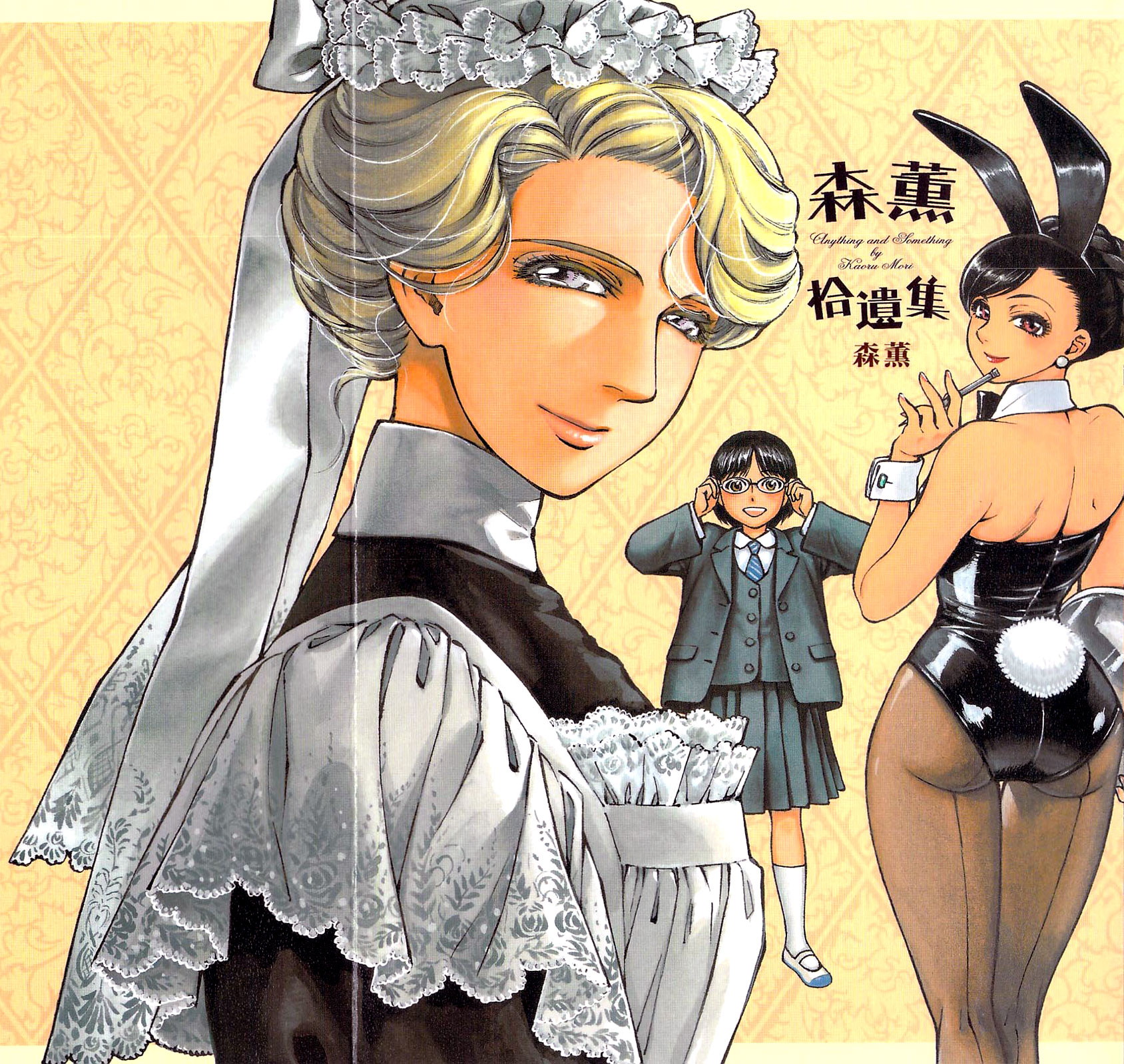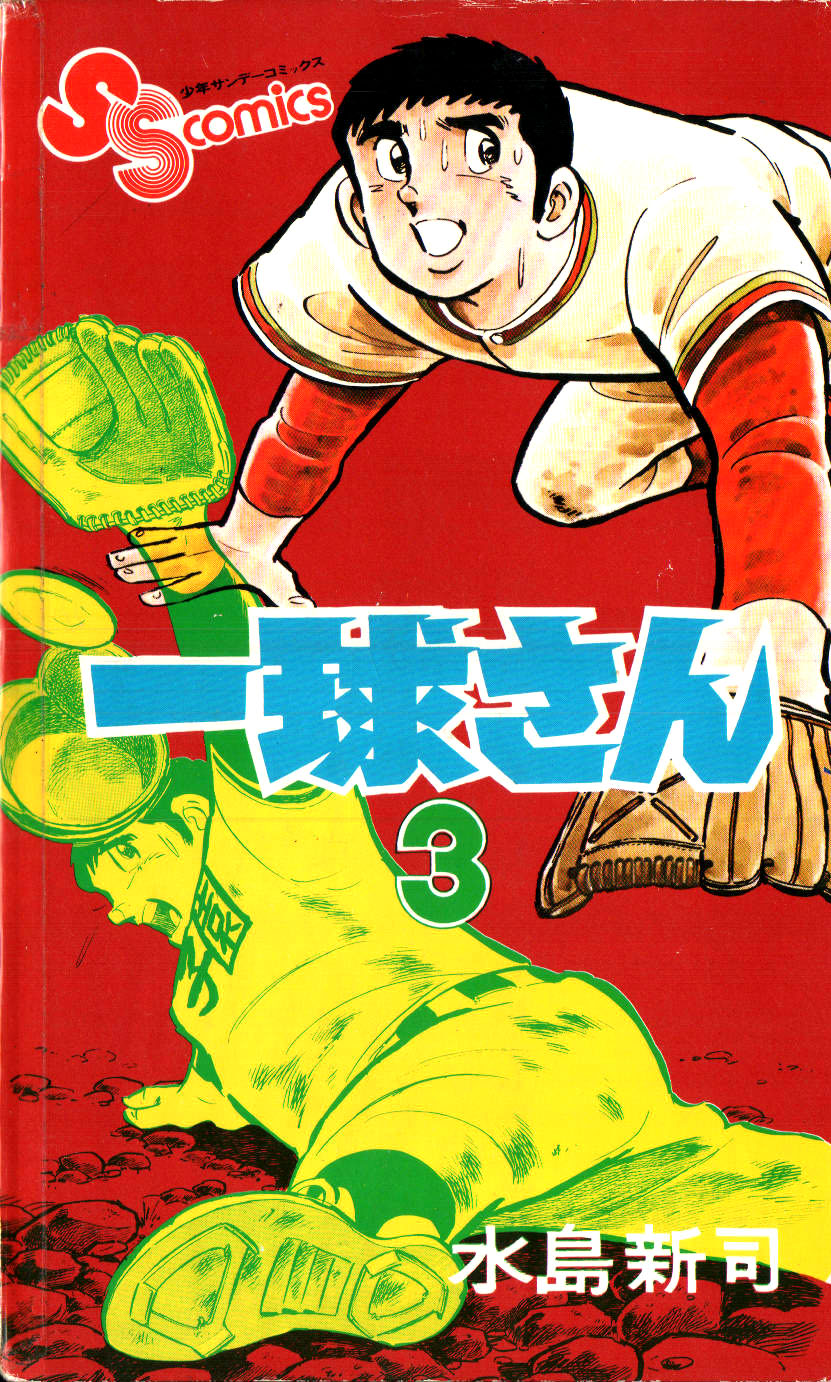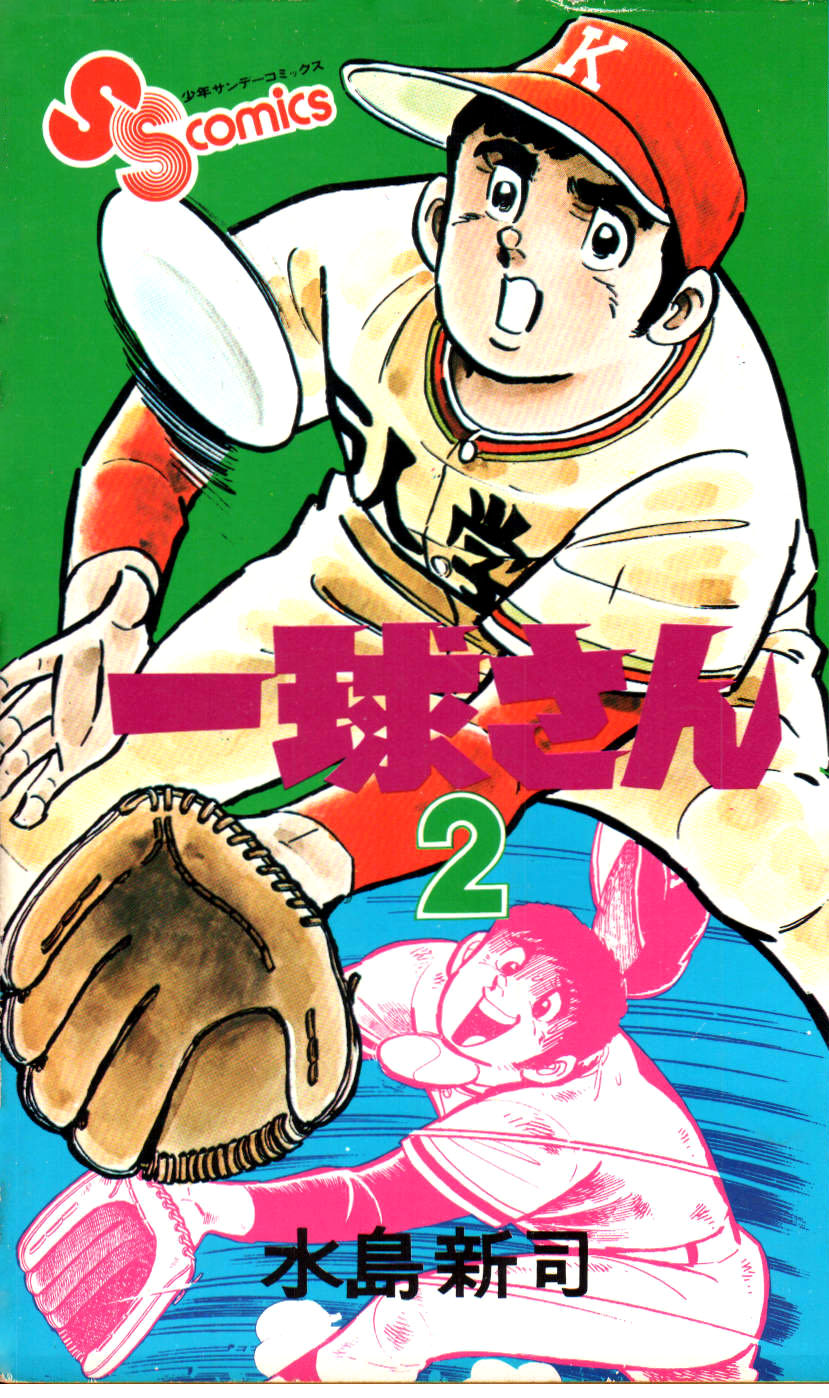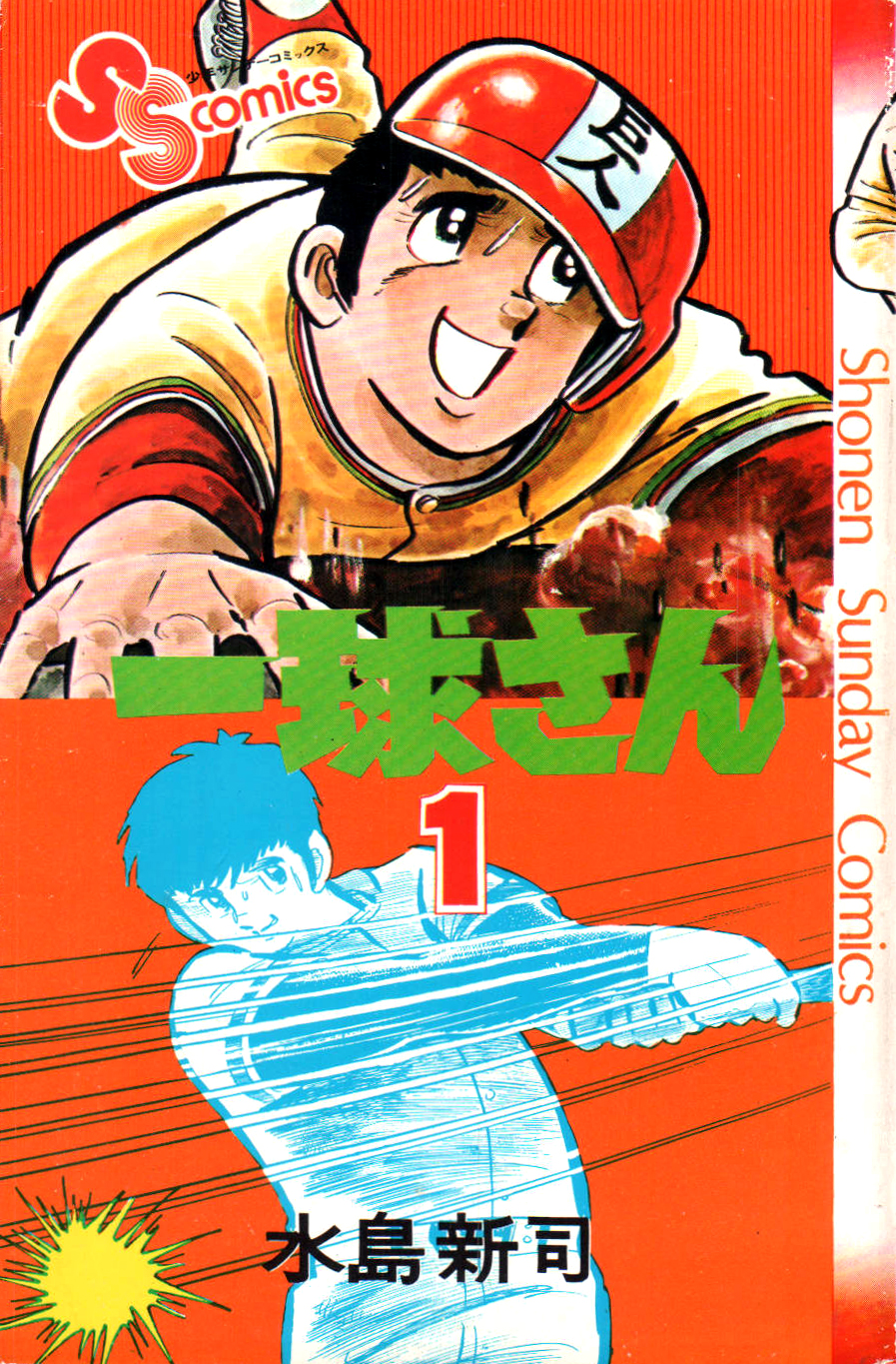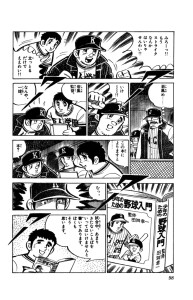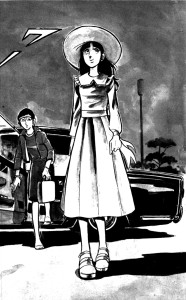Kaoru Mori: Anything and Something is a collection of short stories and illustrations by Kaoru Mori, author of popular period pieces like Shirley (haven’t read), Emma (read and loved) and Otoyomegatari/A Bride’s Story (haven’t read).
At time hilarious, at others heartwarming, this collection of short stories penned by one of Japan’s most talented artists is a perfect addition to any library! A young girl discovers that new glasses give her a whole new perspective on the world, a bunny-girl waitress learns to cope with her male customers with dignity, an introverted art student inspires her fellow club members even as she takes inspiration from them, and more! Fans of Mori will enjoy seeing concept designs and historical notes from her award-winning series, as well as Mori’s own brand of enthusiastic commentary throughout.
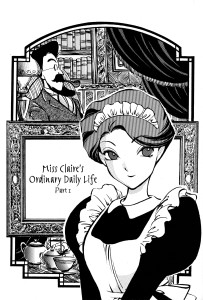 I really enjoyed reading Emma, but I don’t particularly consider myself a Mori fan. I haven’t bothered to check out her other stuff, though part of it is just me waiting for A Bride’s Story to complete (waiting for Emma every month was torture).
I really enjoyed reading Emma, but I don’t particularly consider myself a Mori fan. I haven’t bothered to check out her other stuff, though part of it is just me waiting for A Bride’s Story to complete (waiting for Emma every month was torture).
Fans of Mori’s work will definitely be satisfied with over 200 pages of art, stories and commentary, including plenty from her most popular works, but does Anything and Something have anything to offer part-time fans like me? In other words, how well do the art and stories stand up if you’re not looking at them through fan-colored glasses?
Honestly? Not that well. Out of the 11 short stories included in the compilation, only three of them: To Come to See, Baggy-Chan and the two Claire stories were any good, in my opinion. Welcome to the Mansion, Master! was not bad, but the premise (ordinary guy in extraordinary situation) is played out and she didn’t add anything new to the mix.

The other stories were mainly blatant excuses for fanservice, and Mori is quite honest about that in her comments on the stories. She wanted to draw bunny girls, hence Burrow Gentleman’s Club. She wanted to draw a woman in a sexy swimsuit on a tatami, hence The Swimsuit Bought Long Ago. And I’m not sure what all those pages with a girl sticking her butt in the reader’s face were about, but I’m sure she wanted to draw that too.
For fans the bigger point of interest will be first the collection of detailed sketches and artwork in the second half of the book and also her in-depth articles on the history and evolution of corsets and fireplaces… yes, corsets and fireplaces. She also includes comments on all her illustrations as well as plenty of her signature zany foreword/middleword/afterwords.
If you’re not a Kaoru Mori fan, though, then like me it’s something you might read once and think “Well, that wasn’t bad. I wish the ladies wore more clothes, though” and promptly put it out of your mind. There’s nothing too wrong with it, but it’s mostly recommended for: people who like Kaoru Mori / people who like fanservice / people who like very detailed art / people who are interested in Victorian England. That’s about it.
